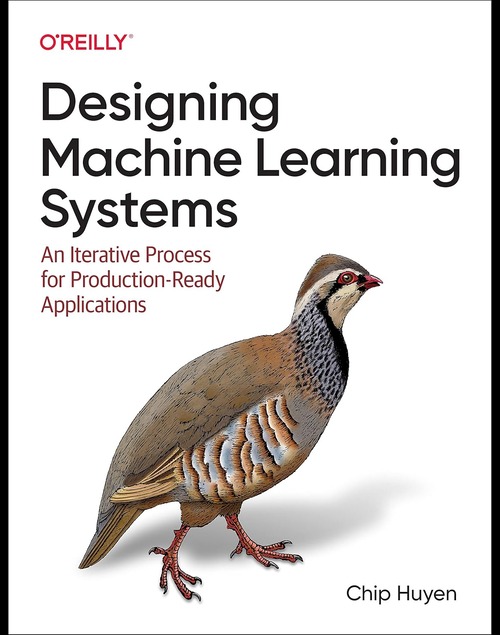Designing Machine Learning Systems: An Iterative Process for Production-Ready Applications
Designing machine learning (ML) systems is not a linear task—it’s an iterative process that blends experimentation with robust engineering. Building production-ready applications involves much more than developing accurate models. The full pipeline must include data collection, preprocessing, model selection, evaluation, deployment, and ongoing monitoring.
At each stage, iteration is key. Data is rarely perfect from the start; engineers must repeatedly refine features, handle imbalances, and ensure quality. Model development involves trying different architectures, tuning hyperparameters, and validating performance on realistic, evolving datasets. Importantly, designing for deployment means considering infrastructure constraints, latency requirements, and scalability.
ML systems must also account for real-world dynamics. Data drift, concept drift, and changing user behavior can degrade model performance over time. Continuous monitoring and retraining pipelines are necessary to maintain accuracy. Furthermore, building in explainability, fairness, and robustness from the beginning ensures the system can be trusted and adapted in production.
Ultimately, success lies in close collaboration between data scientists, engineers, and domain experts, who iterate together across the full lifecycle of development. By embracing this cyclical approach, organizations can deliver ML systems that are not just functional, but reliable and impactful in real-world environments.








Reviews
There are no reviews yet.